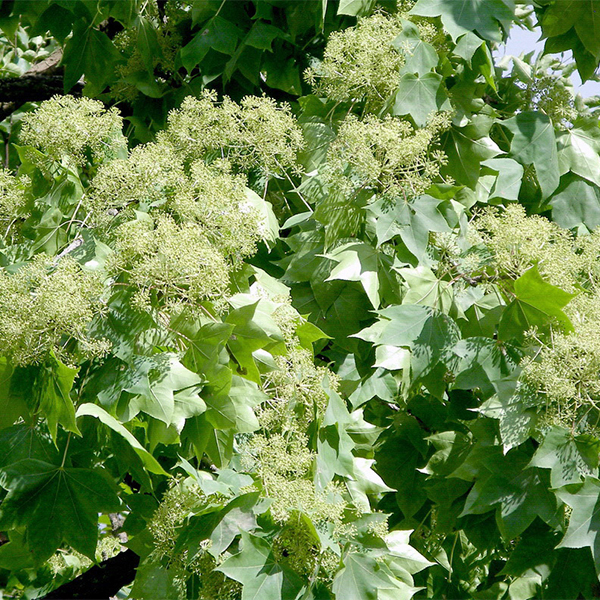
Калопанакс семилопастный разн. Максимовича Kalopanax septemlobus var. maximowiczii
K. septemlobus f. maximowiczii is an upright, deciduous tree with a spiny trunk and palmate, mid-green leaves divided into five to seven, toothed, lance-shaped lobes. Leaves turn shades of yellow and brown in autumn. Umbel-like panicles of tiny, white flowers in late summer are followed by blue-black fruit.
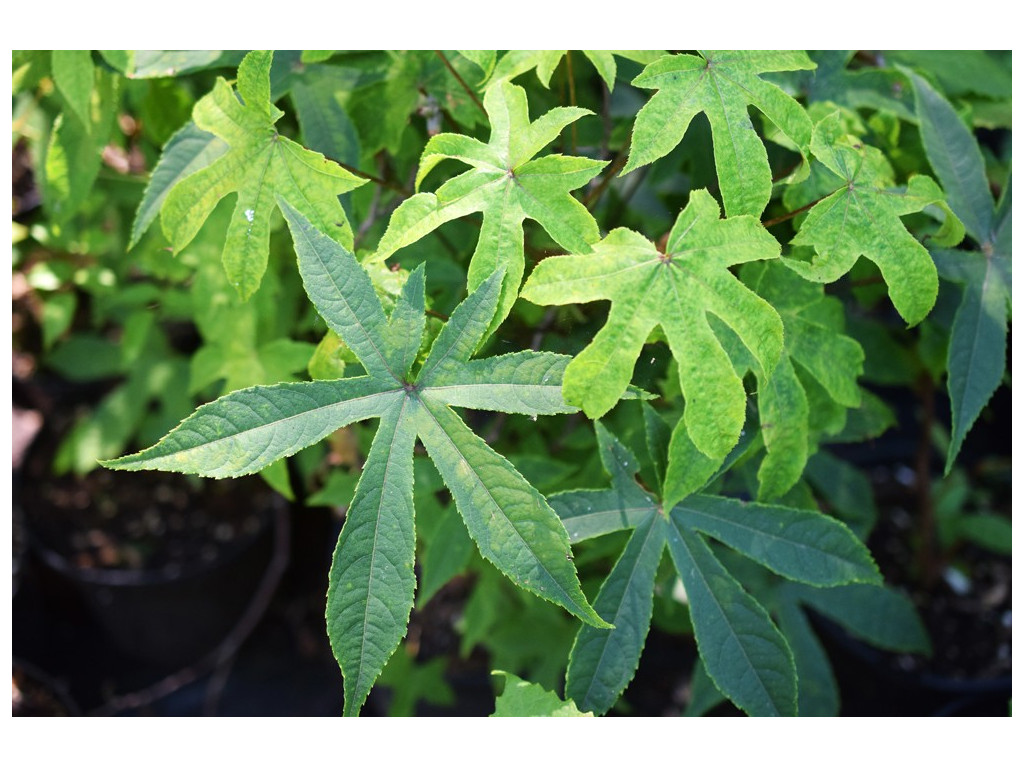
KALOPANAX SEPTEMLOBUS var.MAXIMOWICZII
Another varietyCK. septemlobus var. maximowiczii (Van Houtte) Hand.-Mazz.Chas leaves that are deeply lobed (5B7) and incised to beneath the middle of the blade (Krüssmann 1984).. Xu SH, Han ZH. 1988. Embryo development and dormancy of Kalopanax septemlobus Koidz. during seed storage in sand [in Chinese; summary in English]. Journal of.

Photo 56402 Kalopanax septemlobus plant lust
Kalopanaks siedmioklapowy MAXIMOWICZII Kalopanax septemlobus C7,5/20-30cm *T66. Cena netto: 145,37 zł / szt. 157,00 zł / szt. Rzadko spotykana ciekawostka dendrologiczna dla kolekcjonerów. Pochodzące z chłodnych, liściastych lasów Chin, Korei, Japonii i zachodniej Syberii drzewo.

KALOPANAX SEPTEMLOBUS var.MAXIMOWICZII
Kolcosił drzewiasty (Kalopanax septemlobus) - gatunek z rodziny araliowatych z monotypowego rodzaju Kalopanax. Występuje we wschodniej Azji: na Sachalinie, w Kraju Nadmorskim, na Wyspach Japońskich, na Półwyspie Koreańskim, w północno-wschodnich, wschodnich i południowo-wschodnich Chinach.
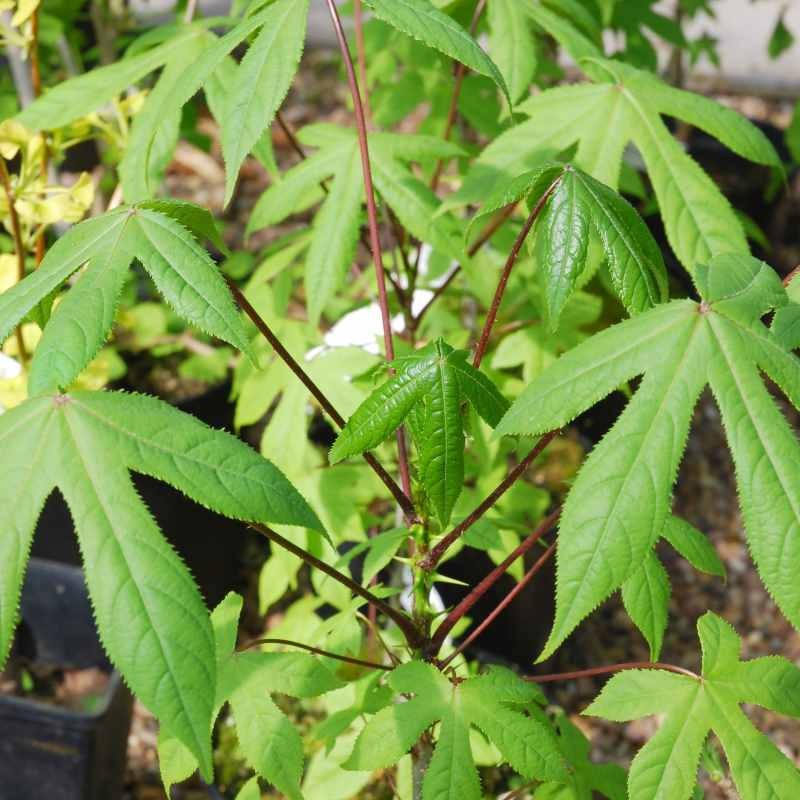
Kalopanax septemlobus f maximowiczii
Two varieties ( Kalopanax septemlobus var. septemlobus and var. magnificus) have sometimes been distinguished on the basis of minor leaf characters, but they were not retained in the most recent authoritative treatment of the genus (Ohashi, J. Jap. Bot. 69: 28-31. 1994). Related Objects Illustration Illustration
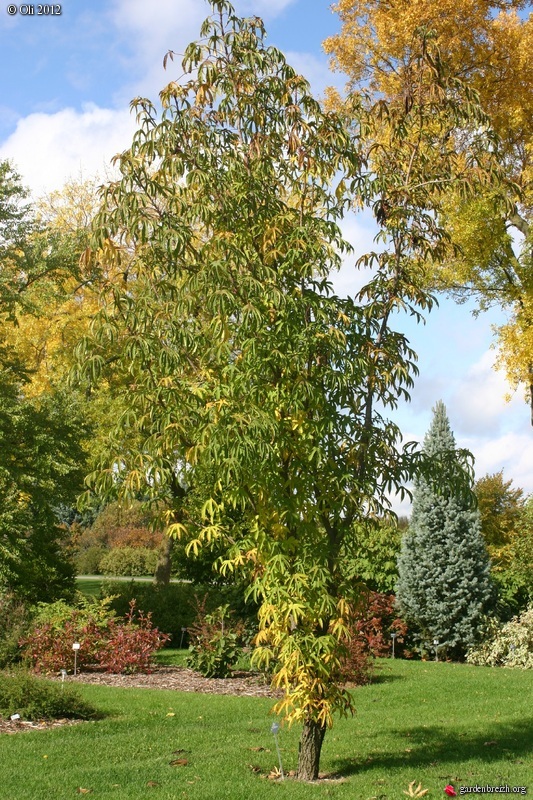
Kalopanax septemlobus var. maximowiczii Arbres Les galeries photo de plantes de GardenBreizh
Kalopanax septemlobus, common names castor aralia, tree aralia, [1] and prickly castor oil tree, [2] is a deciduous in the family Araliaceae, the sole species in the genus Kalopanax. It is native to northeastern , from Sakhalin and west to southwestern . It is called cìqiū刺楸) in Chinese, eumnamu엄나무) in Korean, and harigiri ( ハリギリ; 針桐) in Japanese.

Kalopanax septemlobus var. maximowiczii Stekelboom Appeltern Adventure Gardens
Common name: Prickly castor oil tree Scientific name: Kalopanax septemlobus var. maximowiczii Plant type: Tree; Genus: Kalopanax Family: Araliaceae Flower colour: White; Leaf colour: Green Variegated leaf: No Flowering period: July, August; Moisture: Moist Sun / shade: Sun Evergreen: No; Height in CM: 500 Hazardous: No

Kalopanax septemlobus maximowiczii / Baumaralie / Kraftwurz günstig kaufen
Recommended citation Christian, T. (2023), 'Kalopanax septemlobus' from the website Trees and Shrubs Online (treesandshrubsonline. org/ articles/ kalopanax/ kalopanax-septemlobus/ ). Accessed 2023-11-27. Genus Kalopanax Common Names Castor Aralia Castor Oil Tree Prickly Castor Oil Tree Baumaralie Stekelboom cìqiū (刺楸) eumnamu (음나무)

Kalopanax septemlobus f. maximowiczii Pan Global Plants
Soil. Acidic / Chalky / Alkaline / Clay / Heavy / Moist / Well Drained / Light / Sandy. Despite its rather exotic appearance, the tree aralia, Kalopanax septemlobus, is a hardy, deciduous and highly ornamental tree.

Kalopanax septemlobus (Araliaceae) image 47827 at PhytoImages.siu.edu
Or would you like further information about Kalopanax septemlobus var. maximowiczii? Make an appointment for a detailed planting recommendation. Call +31(0) 485 31 20 21 or email one of our advisors directly. Our planting advisors. Photos. Magnify. half-stem. characteristic. feathered. bark. bark. bark. leaves. leaves. twigs. Flowers.

Kalopanax septemlobus var. maximowiczii
A rare and deciduous Japanese tree, Kalopanax septemlobus f maximowiczii has swollen, late winter buds which open into glossy, dark green, maple-like, deeply lobed leaves. The stems are armed with fearsome prickles and large, flat, heads of small white flowers, popular with bees and other insects are produced in late summer.
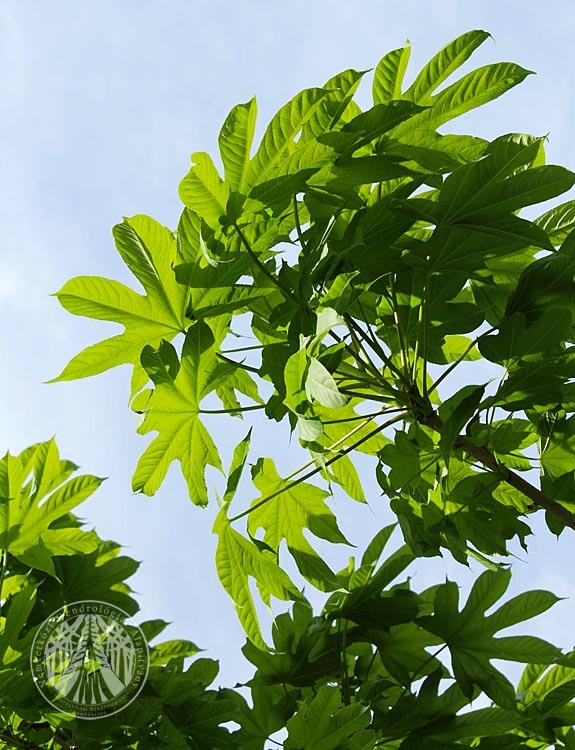
Kalopanax septemlobus var maximowiczii fiatal fa lombja, Budakeszi Herbárium Nemzetközi
The right time to plant Kalopanax septemlobus maximowiczii is during the dormancy period. In Western Europe, Kalopanax septemlobus maximowiczii with root balls can generally be planted from mid-November to late April, although this depends strongly on the climatic conditions and the species of tree.

Kalopanax septemlobus (Tree Aralia) BBC Gardeners World Magazine
Kalopanax septemlobus var. maximowiczii (k.pictus)castor-aralia. Castor aralia is a very rare tree from southeastern Asia. It has a dangerously looking spiny trunk with thorns whose number reduces as the plat gets older. Maximowiczii is a variety with exotic looking, extremely deeply lobed, almost dissected leaves that are upto 30 cm long.

Kalopanax septemlobus var. maximowiczii Stekelboom Appeltern Adventure Gardens
Bibliography Cite taxon page as 'WFO (2024): Kalopanax septemlobus var. maximowiczii (Van Houtte) Hand.-Mazz. Published on the Internet; http://www.worldfloraonline.org/taxon/wfo-0000220587 . Accessed on: 02 Jan 2024' Bibliography 1 Heinrich von Handel-Mazzetti (1882-1940) 2 Louis van Houtte (1810-1876)

Kalopanax septemlobus f. maximowiczii Pan Global Plants
Introduction Kalopanax septemlobus (Thunb.) Koidz. (synonym Kalopanax pictus ), also known as castor aralia or prickly castor oil tree, is a deciduous tree that is the only species of the genus Kalopanax in the family Araliaceae. It is mainly distributed in East Asia, including China, Korea, Japan, and Russia, etc [1,2] (Fig. 1).
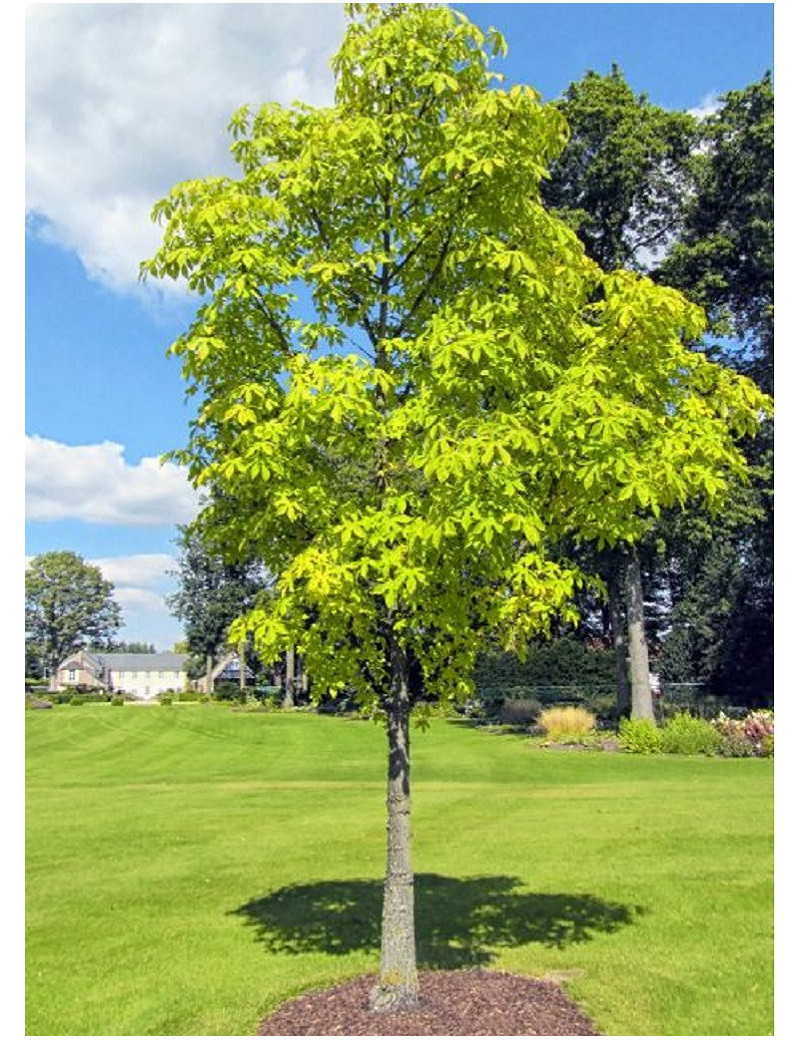
KALOPANAX septemlobus MAXIMOWICZII (Aralia en arbre)
Deutsch. Dendrol. Ges.: 217 (1908), non Nath. (1883), fossil name. Acanthopanax ricinifolius (Siebold & Zucc.) Seem. in J. Bot. 6: 140 (1868) Acanthopanax ricinifolius var. maximowiczi (Van Houtte) C.K.Schneid. in Ill. Handb. Laubholzk. 2: 429 (1909)